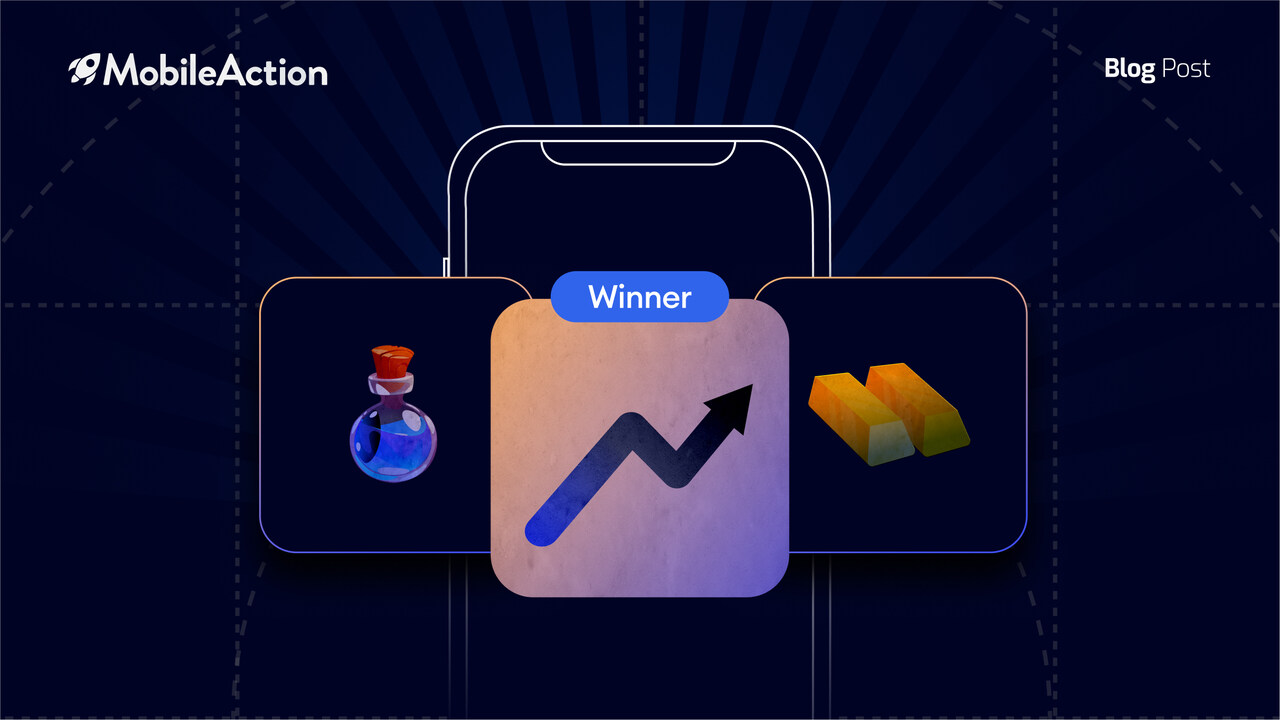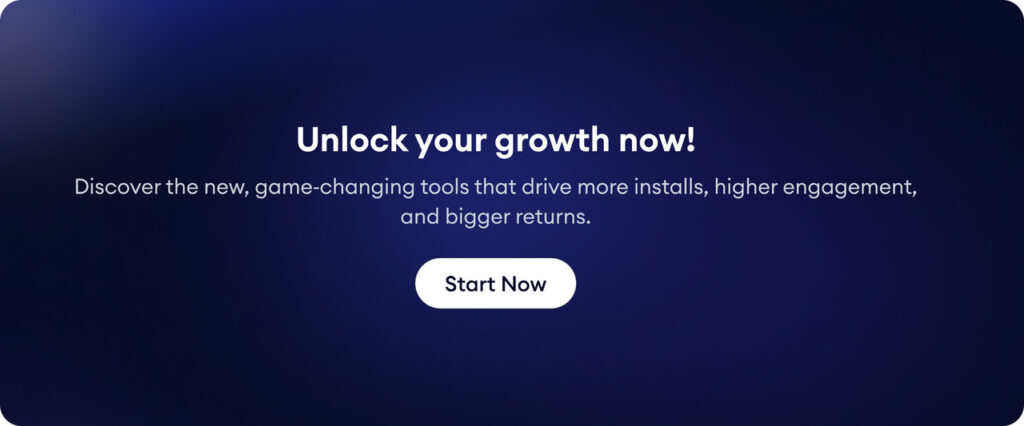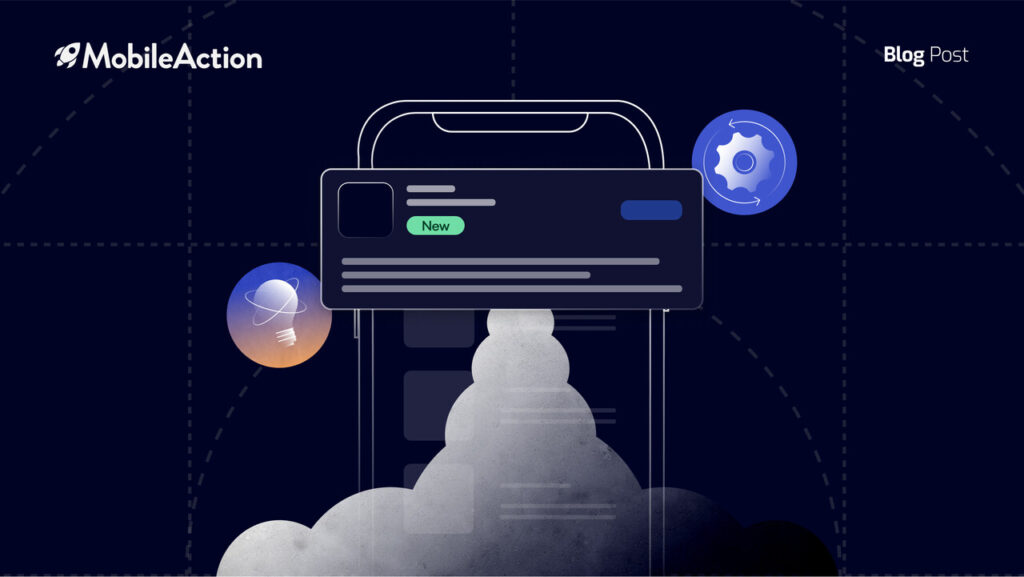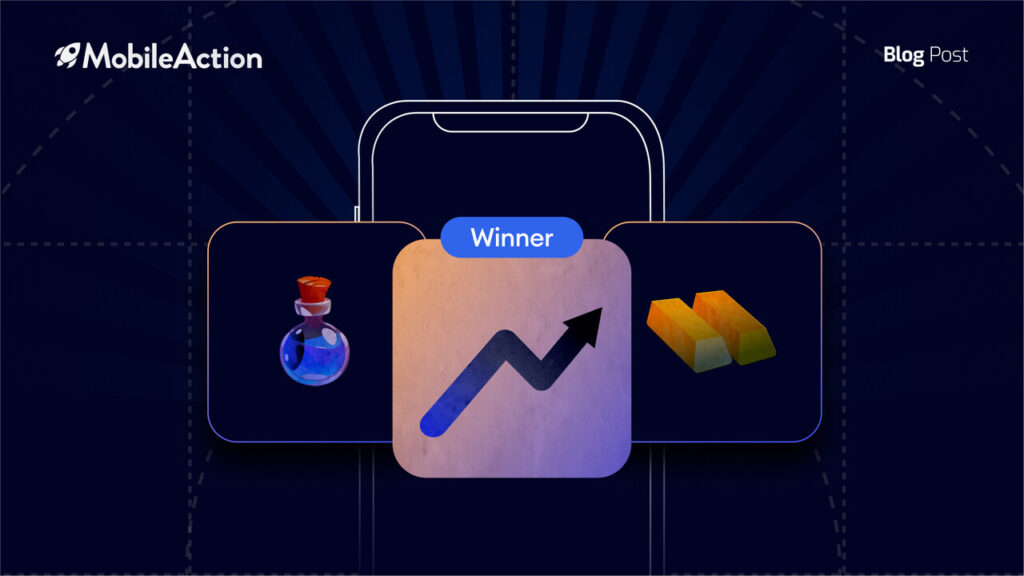Mobile gaming is a booming market – a solid game app marketing strategy helps your game stand out from the crowd!
So, you’ve built an awesome mobile game – now how do you get players to discover and love it?
That’s where game app marketing strategy comes in. In simple terms, mobile game marketing is the process of promoting a mobile game to get more players, increase its popularity, and ultimately boost revenue.
It covers all the tactics that ensure your game gets discovered by the right audience and keeps them engaged over the long term.
With more than 700,000 mobile games across the app stores and new ones launching every day, even a great game can go unnoticed without a smart marketing push – as one guide bluntly puts it, you could create the best game ever, but you won’t get any users without marketing.
Below, we’ll break down a complete game app marketing strategy for 2025 and beyond. From pre-launch groundwork to post-launch community building, we’ll cover 7 key tactics to level up your marketing (each with actionable tips), plus insights on tracking performance and encouraging player-driven content.
What is mobile game marketing?
Mobile game marketing strategy is all about making your game visible and enticing to players in a crowded marketplace.
It includes every activity from pre-launch hype to post-launch retention campaigns. The goal is to ensure that target gamers find your game and have compelling reasons to install it and stick around.
In practice, this means using a mix of organic and paid approaches – for example, optimizing your app store page, running social media campaigns, working with influencers, and more – all tailored to connect with players who will love your game.
Game app marketing strategy plays a vital role in game discovery and user engagement. On the discovery side, it’s about cutting through noise so your game isn’t a hidden gem but a known title.
On the engagement side, it’s about keeping players interested after that first download. Marketing doesn’t end once a user installs your app; in fact, that’s just the beginning. As we mention in our article titled From first click to loyal user: Art of mobile app onboarding, effective marketing will help onboard users (teaching them why your game is fun), bring them back for repeat sessions, and build a community that amplifies your reach.
7 tactics for mobile game marketing in 2025
Marketing mobile games in 2025 requires both mastering the fundamentals and embracing new trends. The following 7 tactics are essential pieces of a modern game app marketing strategy.
From market research to influencer collaborations, each tactic includes a brief explanation and an actionable tip to help you put it into practice. Let’s dive in and power up your marketing plan:
1. The importance of market research
Before you spend a dime on ads or time on content, market research should be your first stop.
Think of it as finding your game’s sweet spot in the market. This involves understanding who your ideal players are, what they enjoy, and which competing games are vying for their attention.
In a saturated market, game developers need to dig into research to find the specific player segments and niches where their game has the best chance to shine.
In other words, don’t build your strategy on guesses – use data. Investigate the top games in your genre:
2. Game testing and soft launches
Don’t skip the soft launch – it’s essentially a dress rehearsal for your game. A soft launch means releasing your game to a limited audience or region before the full worldwide launch.
This phase is incredibly valuable for gathering feedback and performance data in a lower-stakes environment. In fact, many growth experts say the soft launch is what makes all the difference in a game’s ultimate success.
During a soft launch, you can discover if players actually enjoy your game, identify bugs or UX issues, and see key metrics (like retention and monetization rates) in action.
3. Mastering app store optimization (ASO)
For mobile games, the app store is your most important storefront.
App Store Optimization (ASO) is the art and science of improving your game’s visibility within the app stores (like Google Play and Apple’s App Store) and convincing people who find it to actually download. It’s essentially SEO for apps.
And it’s critical: more than 50% of apps are discovered via app store search, so high discoverability can make or break your user acquisition.
4. Creating compelling promotional videos
In the age of TikTok, Twitch, and YouTube, video content is king – and that holds true for mobile game marketing.
Creating a compelling promotional video or trailer for your game is one of the best ways to generate excitement and give potential players a taste of the action.
A kick-ass game trailer can be the deciding factor that gets someone to click “Download”. Why? Because videos let players see and feel what your game is about in a way screenshots or text can’t match.
When crafting your trailer, focus on story and gameplay. Show off the most fun, visually striking, and unique parts of your game. Hook the viewer in the first few seconds – for example, start with a jaw-dropping boss fight or a clever game mechanic in action.
5. Social media campaigns
Your players (and future players) practically live on social media, so that’s where your game needs to have a strong presence.
Social media campaigns are all about building community and buzz around your game on platforms like Twitter (X), Facebook, Instagram, TikTok, YouTube, and even niche gamer hubs like Discord or Reddit.
Being active on social isn’t optional in 2025 – if your game is not on social media, you are missing out on the biggest opportunity to acquire new users and keep existing ones engaged.
6. Cross-promotion strategies
If you already have an audience (even a small one), leverage it! Cross-promotion is a strategy where you promote your game through another app, game, or channel – often one you already own or a partner’s.
The classic case is when a developer has multiple games in their portfolio: you’ll often see Game A advertise Game B in its menu or via a pop-up.
This can be incredibly cost-effective, since you’re reaching players who’ve proven their interest (they downloaded one of your games) and you’re not paying an ad network for those impressions.
7. Collaborating with influencers
In 2025, influencer marketing remains a powerful (and often cost-effective) way to promote your game app.
The concept is straightforward: partner with content creators – YouTubers, Twitch streamers, TikTokers, Instagram gamers, etc. – who have an audience that matches your target players.
When an influencer with, say, 50,000 or 500,000 followers plays or reviews your game, it can expose your title to a huge number of potential fans in a very authentic way. Gamers trust other gamers’ opinions; an enthusiastic video from a favorite streamer can carry far more weight than a generic banner ad.
The bottom line
Mobile game marketing in 2025 is both challenging and exciting – the competition is fierce, but the arsenal of tools and channels at your disposal is more powerful than ever.
We’ve explored how market research grounds your strategy in data, how soft launches and testing ensure you polish your game for prime time, and why mastering ASO helps players find you in crowded app stores.
We’ve looked at creating scroll-stopping promo videos, building communities through social media campaigns, expanding your reach with cross-promotion, and leveraging the trust of influencers to recommend your game.
The most important takeaway is that successful game app marketing strategy is an ongoing journey.
Just as games evolve with patches and new levels, your marketing strategy should evolve by learning from experience and player feedback.
Don’t be afraid to get creative and try new things – maybe it’s a quirky TikTok challenge, a collaboration with an unlikely partner, or an experimental ad format.
Keep an eye on the trends (for example, if a new social platform or ad network rises, consider exploring it early).
And always listen to your players; often your community will signal what they love about your game (or what they don’t), pointing you toward the best selling points to highlight in your marketing.






